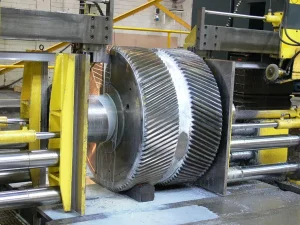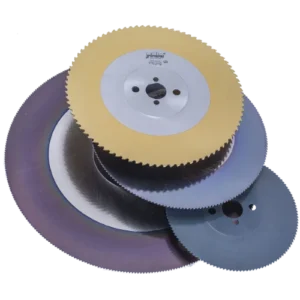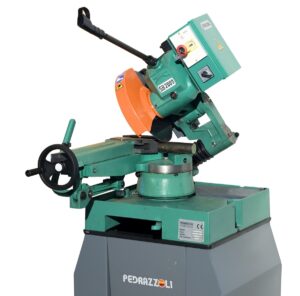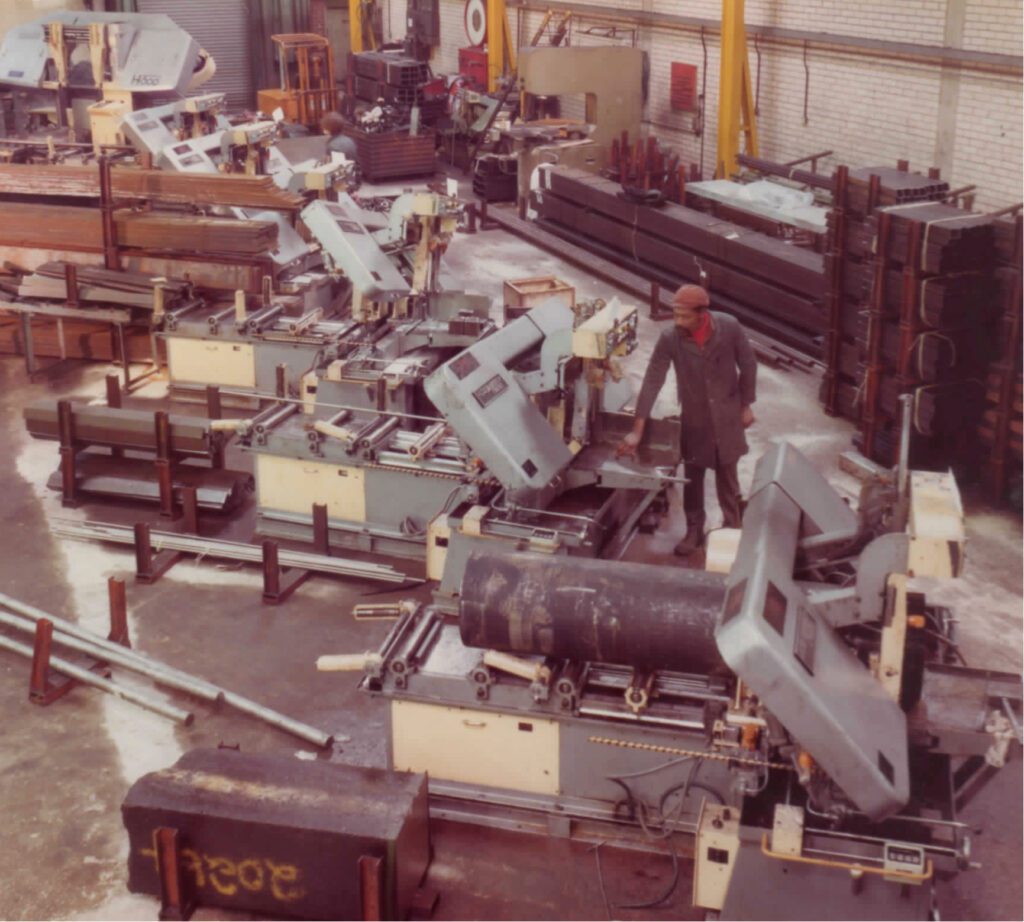Maintaining and Replacing Bandsaw Blades: Tips for Longevity and Performance
Bandsaw blades are critical components in metal cutting, but they require proper care to perform effectively over time. Regular maintenance and timely replacement can extend the lifespan of your blades, ensuring smooth, precise cuts. This blog covers essential tips for maintaining and replacing bandsaw blades to maximise their longevity and performance.
Keeping your bandsaw blades clean and well-lubricated is essential for smooth cutting. Over time, metal shavings and debris can accumulate on the blade, reducing its effectiveness and causing wear. Regular cleaning with a wire brush can help prevent build-up, while lubricants reduce friction and heat, extending the blade’s lifespan.
Blade tension plays a significant role in cutting accuracy. If the tension is too low, the blade can wander during cuts, leading to rough edges or inaccurate dimensions. Conversely, excessive tension can lead to premature wear. Checking the tension regularly and adjusting it as needed can help maintain consistent cutting performance.
Inspecting for Wear and Damage
Regularly inspect your bandsaw blades for signs of wear, such as dull teeth or cracks in the blade. A worn blade will struggle to make clean cuts and may even damage the material being cut. Replacing the blade as soon as signs of wear appear can prevent damage to your equipment and ensure a high-quality finish on every cut.
By following these maintenance tips and replacing bandsaw blades when necessary, you can extend their lifespan and maintain high-quality cutting results.





